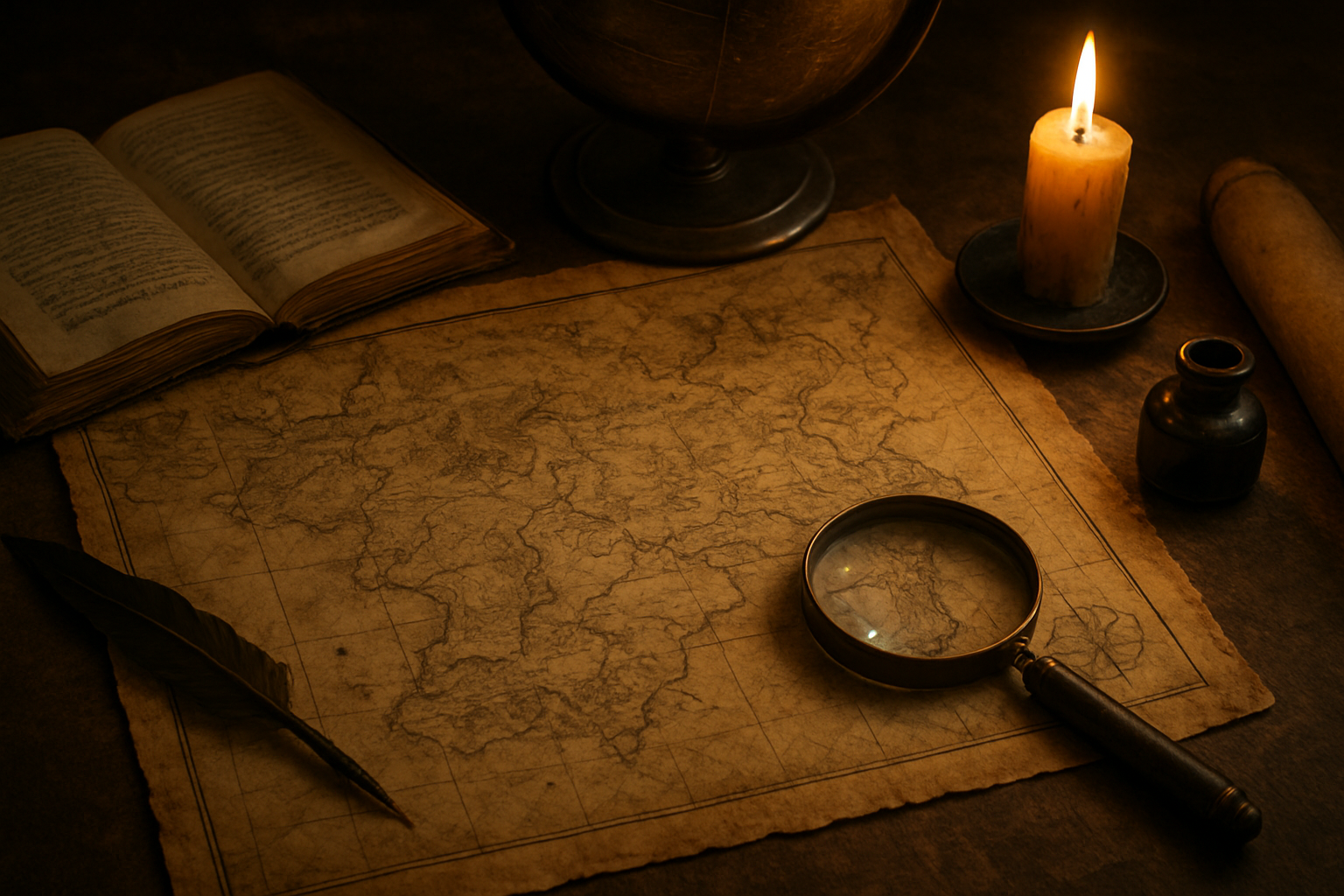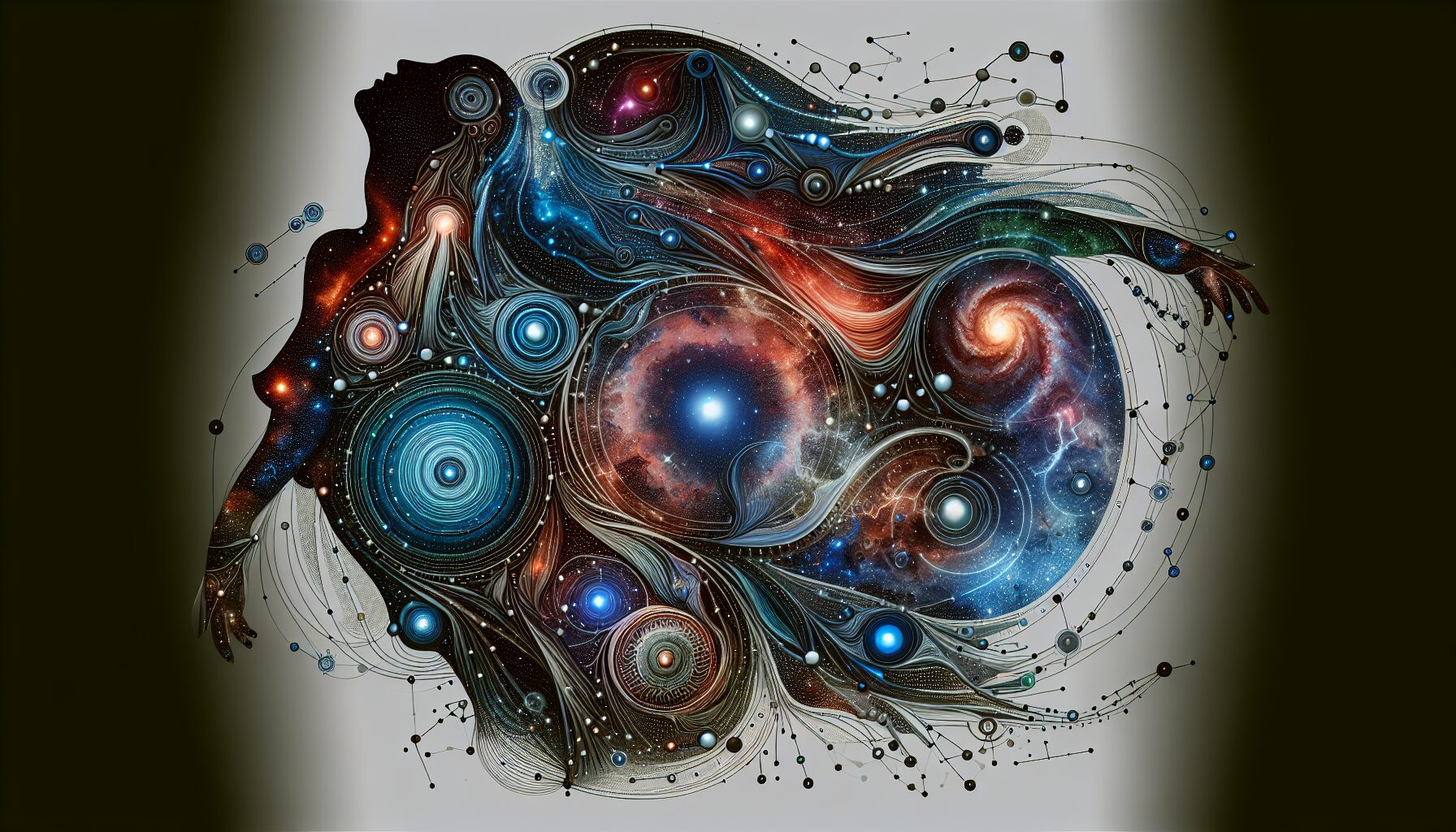From the mystical aeons of ancient civilizations to the digital realms of modern fantasy, the art of arcane cartography has always captured the human imagination. This map-making of the unseen intertwines myth, legend, and imagination with geographical representation, creating a tapestry that challenges our understanding of what maps are meant to convey.
The Ancient Origins: Mapping the Cosmos and the Underworld
Early examples of arcane cartography can be traced back to ancient civilizations where maps were infused with spiritual and mythical significance. The Babylonians created star maps and cosmological charts which not only illustrated celestial bodies but also their perceived divine paths.
- Babylonian Star Maps: These were not just scientific instruments but served as a guide to understanding the fate and divine will associated with certain stars and constellations. [British Museum]
- Egyptian Duat Maps: The ancient Egyptians drew detailed visual guides to the Duat, the realm of the dead, illustrating the journey one would take in the afterlife, complete with deities and obstacles encountered along the way.
Medieval Manuscripts: Imaginary Lands and Floating Islands
In the Middle Ages, cartographers embraced a more imaginative approach, blending real geography with folklore. This era saw the birth of mappa mundi, medieval European world maps which often disregarded accurate scaling in favor of a more symbolic representation.
- Hereford Mappa Mundi: A famous example, it includes not only geographical locations but also imaginary realms like the land of the Sciapods, people with one giant foot.
- Isle of Avalon: Mystical islands, such as Avalon from Arthurian legends, were often placed at the fringes of world maps, representing realms that transcended the known world.
Renaissance and Enlightenment: The Birth of Scientific Cartography with Arcane Echoes
With advancements in navigation and physics during the Renaissance, maps became more scientific, yet the mystical element never fully disappeared. Thus, maps of this era often reflected both scientific rigor and an acknowledgment of worlds unseen and unexplored.
“Maps encourage boldness. They’re like cryptic love letters. They make anything seem possible.” – Mark Jenkins
The pursuit of mapping unknown realms extended into the maritime charts, where mythical creatures like sea serpents and leviathans were commonly illustrated to denote uncharted waters and potential dangers.
The Modern Embrace of Fantasy Worlds
In contemporary times, arcane cartography has found a flourishing home in the realm of fantasy literature and video games. The advent of digital technology has enabled maps to become interactive, layered, and more elaborate than ever before.
- J.R.R. Tolkien’s Middle-earth: Perhaps the most renowned fantasy map, it provides an intricate and highly detailed vision of the lands, political territories, and journeys trademark to the epic tales of The Lord of the Rings.
- Video Game Realms: Games such as The Elder Scrolls and The Legend of Zelda capitalize on detailed cartographic systems, allowing players to navigate and uncover layer upon layer of hidden lore.
A Continuing Journey into the Unknown
The legacy of arcane cartography urges us to question and explore realms beyond the mere physical. Our need to map the intangible and the mystical is a testament to our boundless curiosity. While technology advances and our world becomes increasingly mapped and measured, it is clear that there will always remain “places” beyond our understanding, waiting to be charted by the cartographers of the future.
In the words of renowned cartographer and explorer Peter Whitfield, “The great affair is to move.” This encapsulates the essence of arcane cartography – it is a call to venture continuously into the unknown, to chart the undiscovered, and to embrace the eternal mystery of the unseen.
The tradition of mapping the unseen marries our past with our future, reminding us that as long as there are dreams and stories yet to be told, there will always be new maps to draw.



